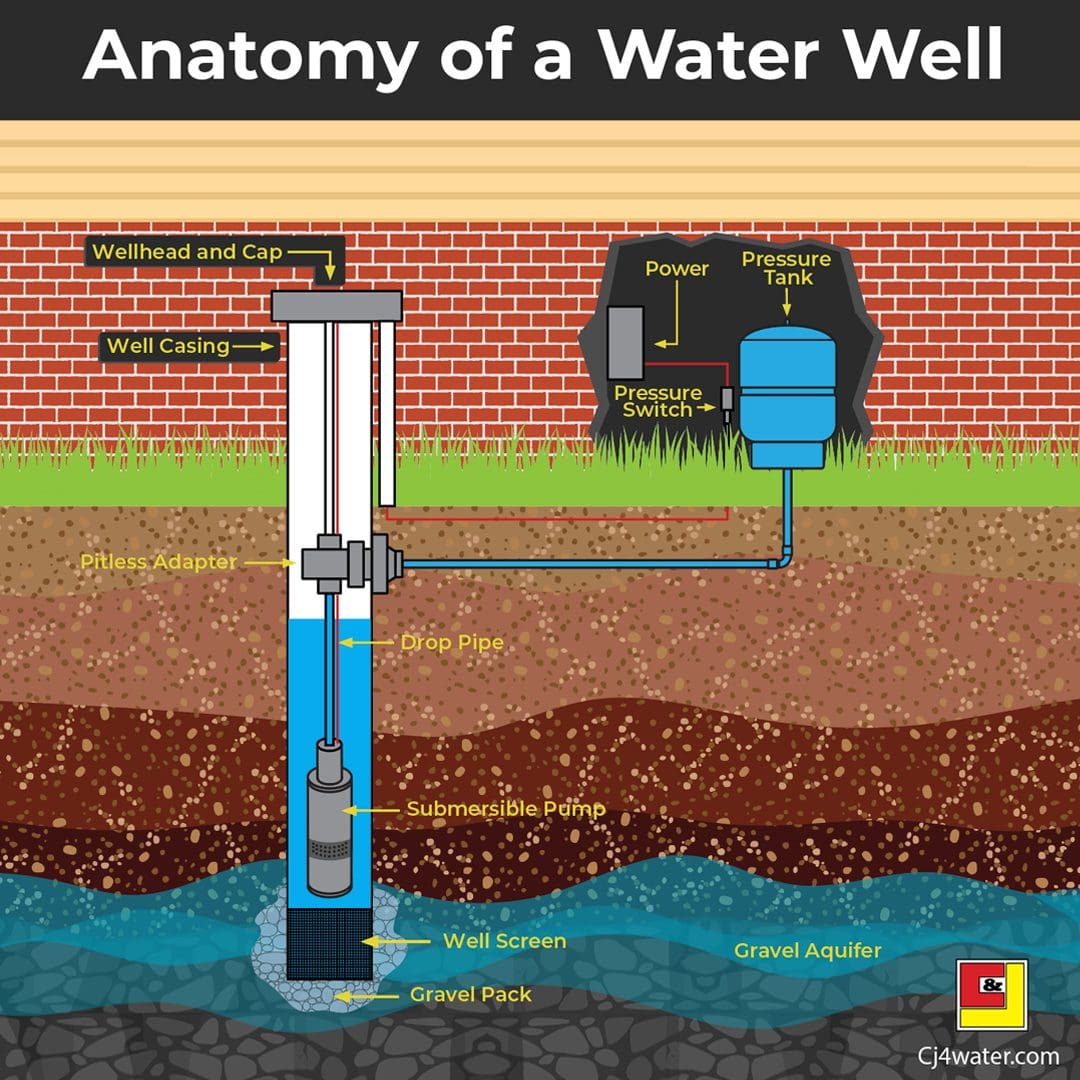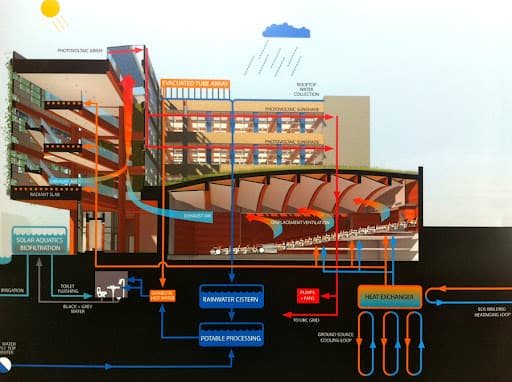A Detailed Look at Your House's Plumbing System Anatomy
A Detailed Look at Your House's Plumbing System Anatomy
Blog Article
Are you searching for critical info around Understanding Your Home's Plumbing Anatomy?

Comprehending how your home's pipes system works is necessary for each home owner. From providing tidy water for drinking, food preparation, and bathing to securely removing wastewater, a well-kept pipes system is important for your household's health and comfort. In this thorough guide, we'll check out the detailed network that composes your home's plumbing and deal tips on maintenance, upgrades, and managing usual concerns.
Introduction
Your home's plumbing system is more than simply a network of pipelines; it's an intricate system that ensures you have access to clean water and effective wastewater elimination. Recognizing its parts and how they work together can assist you protect against expensive fixings and ensure whatever runs smoothly.
Standard Components of a Plumbing System
Pipelines and Tubes
At the heart of your pipes system are the pipes and tubing that bring water throughout your home. These can be constructed from various materials such as copper, PVC, or PEX, each with its benefits in regards to durability and cost-effectiveness.
Fixtures: Sinks, Toilets, Showers, and so on.
Components like sinks, commodes, showers, and bathtubs are where water is utilized in your house. Recognizing how these fixtures link to the pipes system assists in identifying issues and preparing upgrades.
Shutoffs and Shut-off Factors
Valves manage the flow of water in your plumbing system. Shut-off valves are essential during emergencies or when you require to make repair services, enabling you to separate parts of the system without interrupting water circulation to the whole residence.
Water System System
Main Water Line
The main water line connects your home to the municipal water supply or a private well. It's where water enters your home and is dispersed to numerous components.
Water Meter and Pressure Regulator
The water meter actions your water use, while a pressure regulator ensures that water moves at a secure stress throughout your home's plumbing system, avoiding damage to pipelines and components.
Cold Water vs. Hot Water Lines
Understanding the difference in between cold water lines, which supply water directly from the major, and warm water lines, which bring heated water from the hot water heater, aids in repairing and preparing for upgrades.
Water drainage System
Drain Pipes Water Lines and Traps
Drain pipelines carry wastewater away from sinks, showers, and toilets to the sewage system or septic system. Catches avoid drain gases from entering your home and also trap particles that can create clogs.
Air flow Pipelines
Air flow pipes allow air into the water drainage system, stopping suction that might slow down drainage and cause catches to vacant. Appropriate ventilation is essential for keeping the honesty of your plumbing system.
Importance of Appropriate Drainage
Making certain appropriate water drainage stops backups and water damages. Routinely cleansing drains and keeping traps can protect against expensive repairs and prolong the life of your pipes system.
Water Heater
Types of Water Heaters
Hot water heater can be tankless or conventional tank-style. Tankless heaters warmth water on demand, while storage tanks store warmed water for instant use.
Updating Your Plumbing System
Reasons for Updating
Upgrading to water-efficient components or replacing old pipelines can enhance water top quality, decrease water costs, and boost the value of your home.
Modern Pipes Technologies and Their Benefits
Discover innovations like clever leak detectors, water-saving commodes, and energy-efficient hot water heater that can save cash and reduce ecological impact.
Price Considerations and ROI
Compute the upfront prices versus long-term financial savings when thinking about pipes upgrades. Numerous upgrades spend for themselves through minimized utility expenses and fewer repair services.
Just How Water Heaters Link to the Pipes System
Understanding just how water heaters link to both the cold water supply and warm water distribution lines aids in diagnosing problems like insufficient hot water or leakages.
Maintenance Tips for Water Heaters
Frequently flushing your hot water heater to remove sediment, examining the temperature settings, and evaluating for leaks can prolong its life-span and improve energy performance.
Common Plumbing Problems
Leakages and Their Causes
Leaks can take place as a result of aging pipes, loosened installations, or high water pressure. Dealing with leaks immediately prevents water damage and mold development.
Obstructions and Blockages
Blockages in drains pipes and commodes are often triggered by flushing non-flushable items or an accumulation of grease and hair. Utilizing drain screens and being mindful of what goes down your drains can stop obstructions.
Indicators of Pipes Issues to Look For
Low water pressure, slow drains, foul odors, or unusually high water costs are indicators of possible plumbing problems that should be dealt with immediately.
Plumbing Maintenance Tips
Routine Assessments and Checks
Arrange yearly pipes inspections to catch issues early. Search for signs of leaks, corrosion, or mineral accumulation in taps and showerheads.
Do It Yourself Upkeep Tasks
Basic jobs like cleansing tap aerators, looking for commode leakages making use of dye tablet computers, or protecting revealed pipelines in cool environments can stop major plumbing concerns.
When to Call an Expert Plumbing Technician
Know when a plumbing issue requires specialist expertise. Trying complex fixings without appropriate understanding can lead to even more damage and higher fixing expenses.
Tips for Decreasing Water Use
Easy behaviors like taking care of leaks immediately, taking shorter showers, and running complete loads of washing and meals can conserve water and reduced your utility costs.
Eco-Friendly Pipes Options
Consider lasting plumbing products like bamboo for flooring, which is durable and environment-friendly, or recycled glass for counter tops.
Emergency situation Preparedness
Actions to Take During a Pipes Emergency
Know where your shut-off shutoffs are located and just how to shut off the water supply in case of a ruptured pipe or major leakage.
Importance of Having Emergency Situation Contacts Helpful
Keep call information for neighborhood plumbings or emergency situation services readily available for fast action throughout a pipes dilemma.
Ecological Influence and Conservation
Water-Saving Fixtures and Appliances
Mounting low-flow faucets, showerheads, and toilets can dramatically lower water usage without compromising efficiency.
Do It Yourself Emergency Fixes (When Suitable).
Short-lived fixes like using duct tape to patch a dripping pipeline or positioning a bucket under a dripping faucet can reduce damage up until an expert plumbing professional gets here.
Verdict.
Recognizing the makeup of your home's pipes system encourages you to preserve it successfully, conserving money and time on fixings. By adhering to normal upkeep regimens and remaining educated concerning modern-day pipes innovations, you can guarantee your plumbing system operates efficiently for years to come.
HOW YOUR PLUMBING SYSTEM WORKS
Which Pipes Do What?
Blue lines = fresh water supply entering the building Red lines = hot water supply entering the building Grey lines = pipes carrying waste away from the building and venting pipes carrying gases away from the building (through the roof) YOUR MAIN PLUMBING SYSTEMS
There are two main plumbing systems that support your home s basic plumbing needs one that brings clean water into your home, and one that sends dirty water away from your home. Connected to the toilet, bath, shower, and other faucets in your home, these two systems keep your water flowing in the right directions.
ACCESSING FRESH WATER
Fresh and clean water is brought into your home through the main water supply line . Filtered through one pipe, this water is pressured to flow into the various fixtures in your home at any given time.
This water can be sourced from a well located on your property, a pond or river (mostly cottages), or, as in most cases, from the city s municipal water treatment centre. However, it is important to note that water that is untreated, such as the water siphoned from ponds or rivers, may not be safe to drink. Personal water supplies always need to be treated for hardness and contaminants before consumed.
MUNICIPAL WATER SUPPLIES
Improve taste and odour Remove sediment Eliminate hardness Reduce chlorine COLD WATER SUPPLY VS. HOT WATER SUPPLY
Cold water flows into your home or building through the service line, which then distributes hot or cold water to your fixtures. This line is most commonly run through a central column that runs floor to floor. Hot water runs in short and straight pipes as the longer the pipeline, the more heat that will be lost in the transfer. Having shorter pipes also allows residents to access hot water more quickly.
WASTE WATER SYSTEM
Your wastewater system is divided into two parts pipes that send wastewater away from your home and venting pipes that send sewer gas away from your home. Sewage water travels through pipes that flush the water and waste towards local sewers that are operated and managed by your city or town. Most sewer systems rely on gravity to move the wastewater to where it needs to go.
The further away from your toilet or sink, the larger wastewater pipes become. This allows for waste to be disposed of from various parts of your home or business at once without pipe blockages. The angle and flow of these pipes are also essential for keeping your waste pipes clear of build up.
https://harrisplumbing.ca/how-your-home-plumbing-system-works/

I hope you enjoyed reading our piece on Plumbing Installation 101: All You Need to Know. Thanks for taking a few minutes to browse our piece of content. Feel free to pause to promote this blog entry if you enjoyed reading it. I value your readership.
Get Offer Report this page